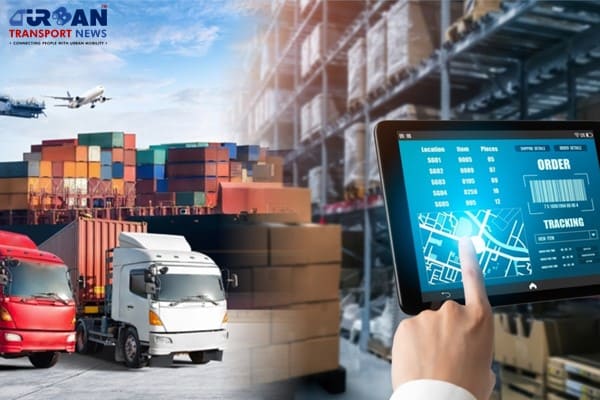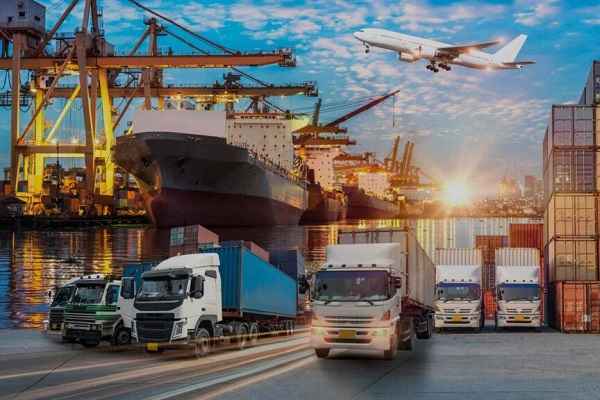 How Weigh-in-Motion Systems Are Revolutionizing Freight Safety
How Weigh-in-Motion Systems Are Revolutionizing Freight Safety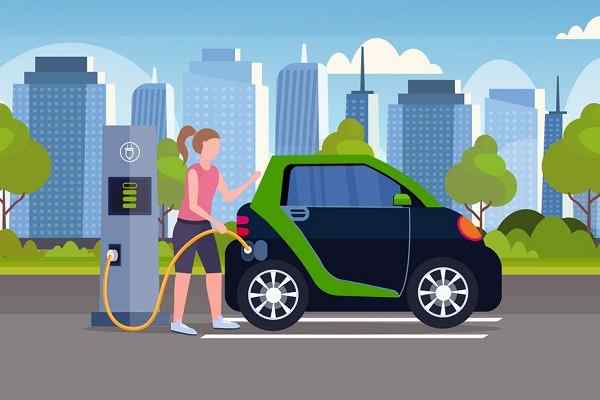 Women Powering India’s Electric Mobility Revolution
Women Powering India’s Electric Mobility Revolution Rail Chamber Launched to Strengthen India’s Global Railway Leadership
Rail Chamber Launched to Strengthen India’s Global Railway Leadership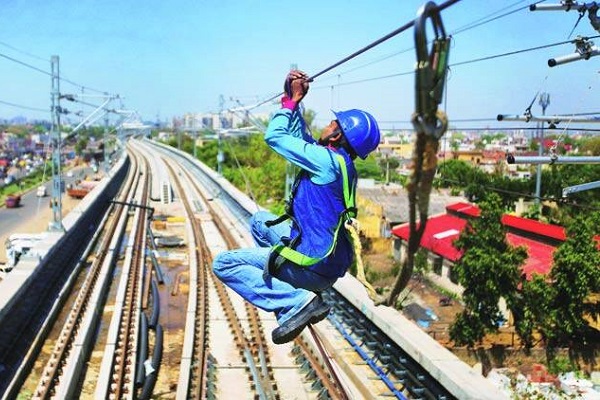 Wage and Hour Enforcement Under the Massachusetts Wage Act and Connecticut Labor Standards
Wage and Hour Enforcement Under the Massachusetts Wage Act and Connecticut Labor Standards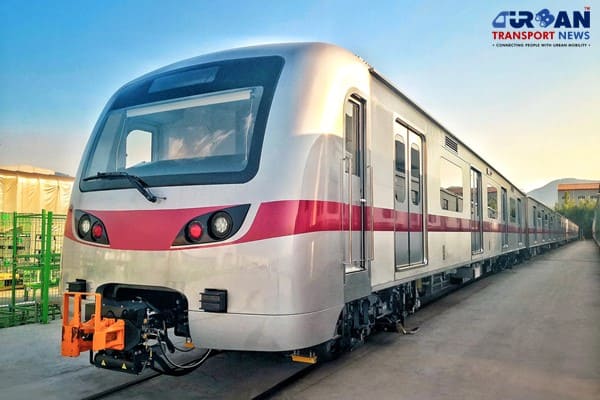 MRT‑7: Manila’s Northern Metro Lifeline on the Horizon
MRT‑7: Manila’s Northern Metro Lifeline on the Horizon Delhi unveils ambitious Urban Mobility Vision: Luxury Metro Coaches, New Tunnels and Pod Taxi
Delhi unveils ambitious Urban Mobility Vision: Luxury Metro Coaches, New Tunnels and Pod Taxi Qatar approves Saudi Rail Link Agreement, Accelerating Gulf Railway Vision 2030
Qatar approves Saudi Rail Link Agreement, Accelerating Gulf Railway Vision 2030 UP Govt plans to introduce Water Metro services in Ayodhya, Varanasi & Prayagraj
UP Govt plans to introduce Water Metro services in Ayodhya, Varanasi & Prayagraj India’s First Urban Ropeway begins Trial Run in Varanasi, Set to carry 1 Lakh passengers daily
India’s First Urban Ropeway begins Trial Run in Varanasi, Set to carry 1 Lakh passengers daily India and Bhutan to Build First-Ever Rail Link: ₹4,033 Cr Project to Boost Regional Connectivity
India and Bhutan to Build First-Ever Rail Link: ₹4,033 Cr Project to Boost Regional Connectivity
Revolutionizing Logistics: India's Dedicated Freight Corridor and the Future of Supply Chain
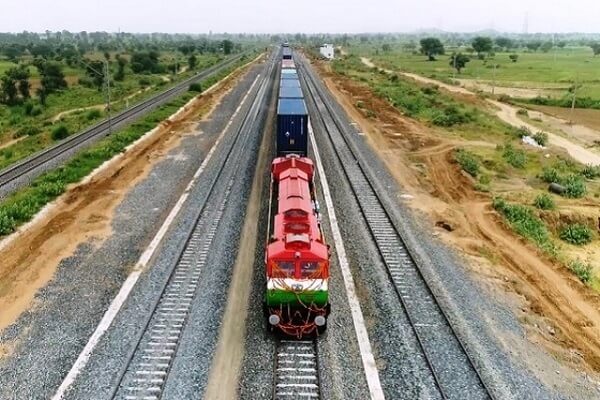
In the dynamic landscape of India's economic growth, the spotlight is shining brightly on the transformative initiatives of the Dedicated Freight Corridor (DFC). This expansive network of broad gauge freight railway lines, exclusively catering to freight trains, is reshaping the logistics and supply chain scenario in the country. Let's delve into the significance of DFCs, their impact on the Gross Domestic Product (GDP), and the strides made in the Eastern and Western corridors.
The GDP Connection: Railways as the Backbone
Gross Domestic Product (GDP) is the heartbeat of a nation's economic health, reflecting the total value of goods and services produced within its borders. In the Indian context, the railway supply chain plays a pivotal role, contributing significantly to the GDP. It serves as the backbone, facilitating cost-effective transportation, fostering industrial growth, stimulating infrastructure development, and bolstering trade facilitation.
Currently, India boasts a GDP of approximately $4 trillion, with logistics costs accounting for around 14%, equivalent to a staggering 560 billion US dollars. Recognizing the need for optimization, the government is steering efforts to bring down logistics costs to 7-8% of the GDP, ensuring a more competitive edge in the global market.
Unveiling the Freight Movement Landscape
The present freight movement scenario in India sees a disproportionate reliance on road transportation, constituting 65% of the total, followed by railways at 31%, shipping at 3%, and air at 1%. The government is actively addressing this imbalance through strategic measures aimed at revolutionizing the logistics and supply chain industries.
Government Initiatives: A Blueprint for Transformation
-
Infrastructure Development: Substantial investments in road, rail, and port infrastructure are underway, aimed at enhancing connectivity and eliminating transportation bottlenecks.
-
Freight Corridors: Dedicated freight corridors, equipped with advanced technology and improved infrastructure, are being established to streamline logistics operations and facilitate seamless transportation across the nation.
-
Digital Initiatives: The adoption of digital platforms and technologies, including the Electronic-Way Bill (E-Way Bill) system, RFID tracking, and e-commerce platforms, is enhancing transparency, reducing paperwork, and improving visibility in supply chain operations.
-
Integrated Logistics Parks: The development of integrated logistics parks and warehousing facilities is centralizing storage and distribution operations, leading to cost reduction and improved efficiency.
-
Multi-Modal Transport System: Embracing a multimodal transport system involves utilizing various transportation modes under one contract, ensuring efficient cargo movement through road, rail, air, and sea.
The Environmental and Economic Impact
The dedicated freight corridors are not only enhancing efficiency but are also contributing to environmental sustainability. By utilizing electricity and employing longer trains with increased capacity, these corridors are reducing the carbon footprint. This shift aligns with India's commitment to the Paris Climate Accords, emphasizing a transition from diesel-propelled trains to electricity-based locomotives.
Under the Eleventh Five Year Plan, the Ministry of Railways initiated the construction of Eastern and Western Dedicated Freight Corridors, covering a total length of 3,260 kilometers. The completion of the Eastern Freight Corridor in February 2024 marked a significant milestone.
Speeding into the Future: Technological Milestones
The dedicated freight corridors have witnessed trains achieving speeds surpassing those of renowned passenger trains. Notably, trains on the Eastern Dedicated Freight Corridor have set a record of 99.38 kmph, showcasing the efficiency of this revolutionary transportation network.
The introduction of a new generation pantograph has further elevated the capabilities of the corridors. This innovative technology enables the overhead wires to reach a world-record height of 7.45 meters, facilitating the introduction of double-decker passenger trains and Roll-On/Roll-Off (RORO) cargo services.
Challenges and Triumphs: RORO Services and the Eastern DFC
While the Konkan Railway has successfully streamlined RORO services, the Eastern DFC poses a challenge due to its lower height compared to the Western DFC. Despite this, RORO services have made inroads in the East Central Railway, Northeast Frontier Railway zones, along with the Konkan Railway.
Industry Giants Embrace Change
Recognizing the potential of dedicated freight lines, Amazon India has strategically harnessed this transformative infrastructure to optimize costs and enhance delivery times. This move aligns with the company's commitment to investing in the Indian market and fostering a more efficient supply chain.
Future Endeavors: Logistic Parks and Beyond
Looking ahead, the Uttar Pradesh government has announced plans to establish large logistic parks in Meerut and Khurja, capitalizing on their proximity to the Ganga Expressway and their strategic location along the Eastern Dedicated Freight Corridor.
In conclusion, India's Dedicated Freight Corridor is not just a railway network; it's a transformative force reshaping the nation's economic landscape. With a commitment to efficiency, sustainability, and technological innovation, these corridors are propelling India into a future where logistics and supply chain management are synonymous with progress and prosperity.





